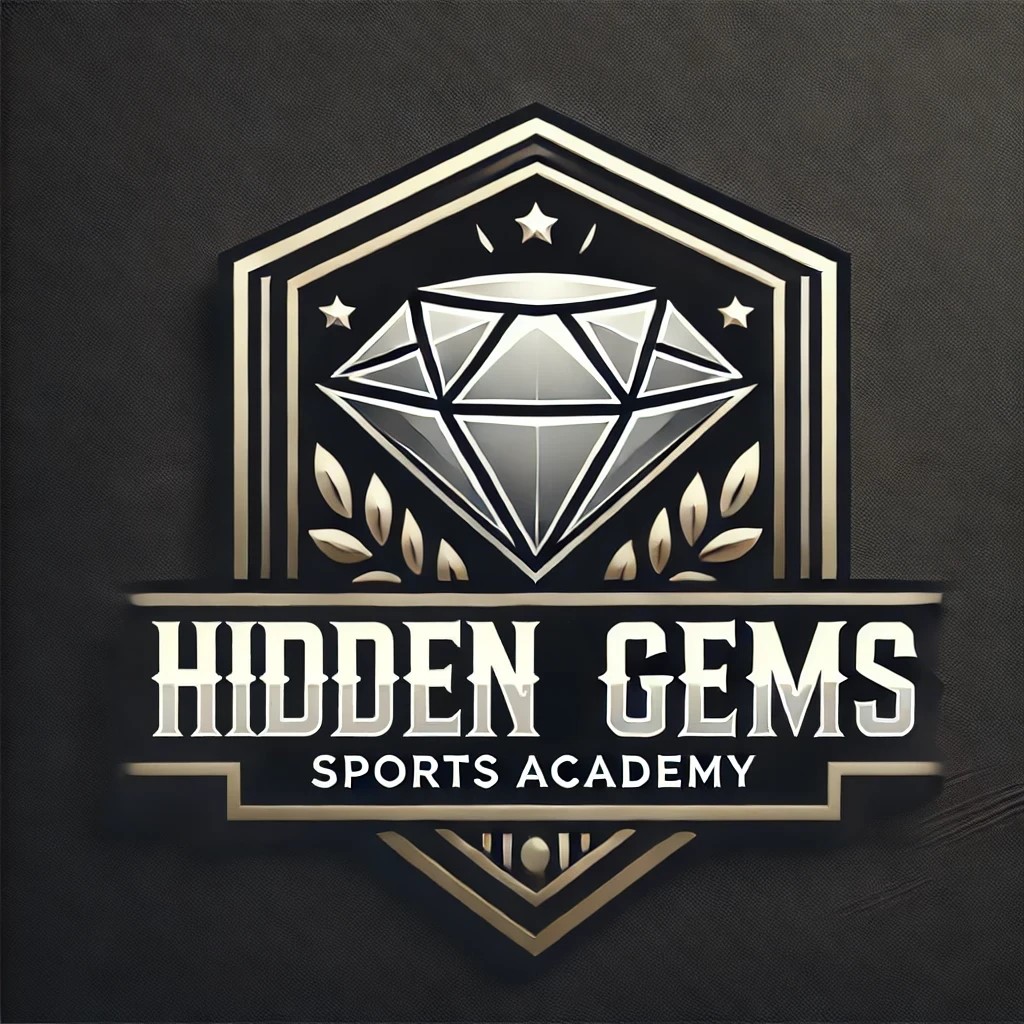Basketball Positions & Roles: Understanding Every Player’s Responsibility
Every position in basketball has specific responsibilities. Understanding roles helps teams work together effectively. This guide explains the different positions and what each player contributes to the game.
- Point Guard (PG) – The Floor General
- Shooting Guard (SG) – The Sharpshooter
- Small Forward (SF) – The Versatile Playmaker
- Power Forward (PF) – The Interior Force
- Center (C) – The Anchor
- Team Responsibilities: How Positions Work Together
1. Point Guard (PG) – The Floor General
Role: The team’s primary ball handler and playmaker.
Responsibilities:
- Control the offence: Ensures the safety of the ball during transition and will look to pass to a teammate. Advanced Point Guards will run the team’s offensive plays.
- Distribute the ball: Finds open teammates, delivers accurate passes, and creates scoring opportunities.
- Handle pressure: Protects the ball against defenders, minimizes turnovers, and breaks full-court presses.
- Defensive leader: Guards the opposing team’s point guard, pressures the ball, and sets the tone for perimeter defence.
Types of Point Guards:
- Pass-First PG: Focuses on distributing the ball and setting up teammates.
- Scoring PG: Looks for their shot while still facilitating the offence.
- Two-way PG: Strong on both ends, balancing offence and defence.
2. Shooting Guard (SG) – The Sharpshooter
Role: The team’s primary perimeter scorer.
Responsibilities:
- Score efficiently: A top offensive option, shooting from deep, mid-range, and finishing at the rim.
- Move without the ball: Uses screens, cuts, and off-ball movement to find open shots.
- Defend perimeter players: Guards opposing shooting guards and small forwards, contesting shots and forcing tough looks.
- Secondary ball-handler: Helps initiate offence when needed and provides another playmaking option.
Types of Shooting Guards:
- 3-Point Specialist: Lethal from beyond the arc.
- Slasher: Attacks the rim and finishes through contact.
- Combo Guard: Can handle the ball and run the offence if needed.
3. Small Forward (SF) – The Versatile Playmaker
Role: A jack of all trades, combining scoring, defence, and playmaking with speed and length.
Responsibilities:
- Score at all three levels: Must be able to shoot, drive, and finish inside.
- Defend multiple positions: Often the most versatile defender, capable of guarding guards and forwards.
- Rebound and push the break: Helps crash the boards and initiate fast breaks.
- Playmaker when needed: A secondary or even primary ball-handler in certain offences.
Types of Small Forwards:
- Scoring SF: Prioritises putting up points.
- Defensive SF: Focuses on locking down opponents.
- All-Around SF: Excels in multiple areas on the court with size and speed.
4. Power Forward (PF) – The Interior Force
Role: A mix of size, strength, and skill who plays in the paint and on the perimeter.
Responsibilities:
- Post-scoring: Uses size to battle for position on the blocks and score inside.
- Rebounding: Uses size and athleticism to box out and grab rebounds.
- Stretch the floor: Can step out and hit mid-range or three-point shots.
- Interior defence: Protects the key, guards opposing bigs, rotates on help defence.
- Set screens and create space: Key in pick-and-roll actions, freeing up teammates for scoring opportunities.
Types of Power Forwards:
- Traditional PF: Physical, low-post scorer and rebounder.
- Stretch 4: Can shoot from deep, creating spacing for the offence.
- Two-Way PF: Contributes on both offence and defence at a high level.
5. Center (C) – The Anchor
Role: The team’s defensive anchor and interior presence.
Responsibilities:
- Protect the rim: The last line of defence, blocking and altering shots.
- Rebound aggressively: Controls the boards to limit second-chance points.
- Score inside: Uses post moves, put-backs, and finishes off pick-and-roll plays.
- Defensive Anchor: Leads the communication and organisation of the defence.
- Set screens and create space: A key player in offensive sets, freeing up shooters and drivers.
Types of Centers:
- Traditional Center: Focuses on rebounding, defence, and inside scoring.
- Modern Stretch 5: Can step out and shoot from deep.
- Defensive Anchor: Specialises in shot-blocking and rebounding.
6. Team Responsibilities: How Positions Work Together
Each position has a key role in team success. Here’s how they work as a unit:
- Point Guard & Shooting Guard: The backcourt duo runs the offence penetrating the defence with their ball-carrying and passing ability while defending the perimeter from the opponent’s ball carriers.
- Small Forward & Power Forward: The forwards provide versatility on both sides of the ball with their speed and length, combining their athleticism with skill to create scoring opportunities and collect rebounds. Forwards match up on other athletic bigs and protect the Centre while in a zone defence.
- Center: Anchors the defence and controls the paint, limiting penetration and securing rebounds. The Center is the biggest and strongest player on the team, perfect for setting screens and posting up under the basket.
A well-balanced team needs players who complement each other’s strengths to get the job done. Whether you’re a scorer, defender, or playmaker, understanding and playing your role is key to playing winning basketball as a team!
Knowing every role on the court helps your team function better. Learning the responsibilities of each position will improve your teamwork and game awareness.

Leave a Reply